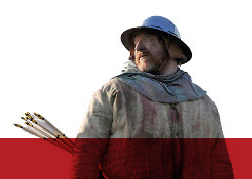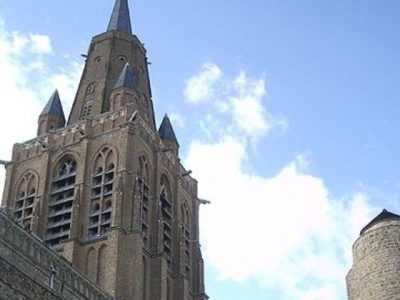Calais
By Dan Spencer In 1414, Richard de Beauchamp, earl of Warwick, was appointed captain of Calais. His indenture specified that the garrison of the town in peacetime should consist of 40 mounted men-at-arms and 40 mounted archers, together with 200 men-at-arms and 200 archers on foot. In wartime these numbers were expected to expand to 160 mounted men-at-arms and 160 mounted archers, with 100 men-at-arms and 184 archers on foot. The garrison also included ‘scourers’ (mounted scouts), carpenters, masons and men to operate the artillery. The outlying castles of the... Read More

